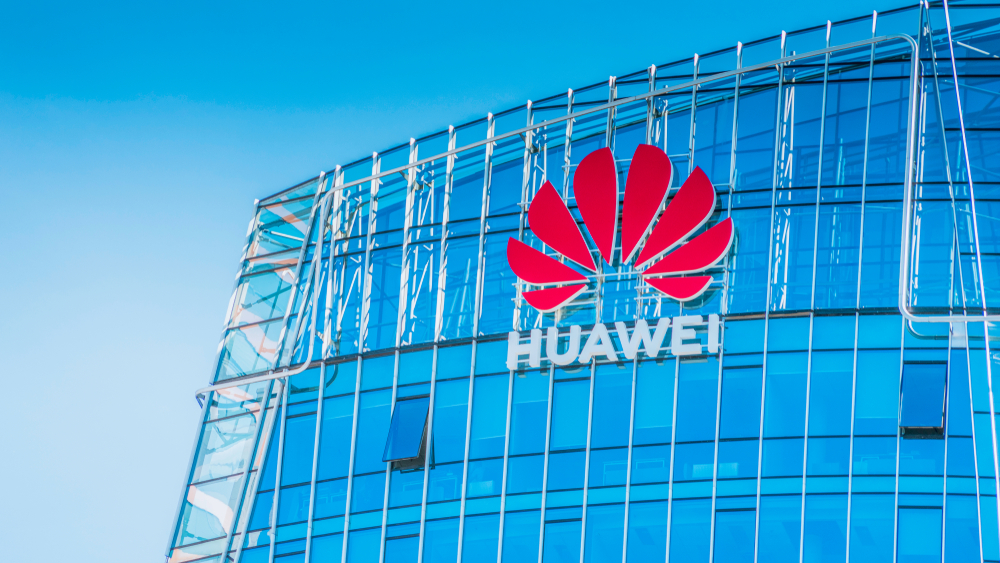Performance Replaced by Volume
Due to U.S. export restrictions, China has only limited access to the most advanced Nvidia chips. Huawei has therefore opted for its own solution – Ascend chips, which, while not matching the top performance of the competition, can be connected into massive clusters. The flagship of this strategy is the CloudMatrix 384 system, consisting of 384 Ascend 910C chips, which, according to the company, achieves performance comparable to Nvidia’s GB200 NVL72 – albeit at the cost of five times higher energy consumption.
As analyst Brady Wang from Counterpoint Research explains: “China relies on huge chip volumes and fast optical interconnections that allow it to compensate for the lack of performance through massive parallelism.” This approach focuses more on quantity than quality, but it allows Chinese AI laboratories such as Alibaba, Baidu, or DeepSeek to train large language models without relying on American GPUs.
Energy
What would be a disadvantage elsewhere turns into a strategic advantage under Chinese conditions. A key factor in this strategy is cheap energy, supported by state subsidies, low interest loans, and discounts on electricity for data centers. Local governments, such as Shanghai and Shenzhen, provide energy vouchers and tax relief to companies that use domestic chips.
According to Wendy Chang from MERICS: “Solutions like CloudMatrix are energy inefficient, but China benefits from an abundance of cheap electricity – that’s its hidden source of competitive strength.” In practice, this means that while U.S. companies focus on efficiency and performance, China relies on inexpensive infrastructure, renewable energy, and state financing.
SMIC
Behind Huawei stands Semiconductor Manufacturing International Corporation (SMIC) – a domestic chip manufacturer that produces 7-nanometer processors without access to modern EUV lithography technologies. Despite being two to three generations behind TSMC technologically, SMIC can produce a sufficient volume of chips that Huawei subsequently uses in massive computing systems.
According to Hanna Dohmen from CSET Georgetown: “The main risk of China’s strategy is its ability to maintain production pace without access to advanced ASML tools.” Nevertheless, Huawei demonstrates that even with technological limitations, it is possible to build a competitive AI ecosystem, provided the country has enough capital, infrastructure, and political will.
Two Paths to the Same Goal
While the United States invests in efficiency, miniaturization, and performance through companies such as Nvidia, AMD, and TSMC, China is taking a different path, relying on quantity, energy power, and state coordination. Huawei’s CloudMatrix 384 shows that even without the most advanced tools, it is possible to build computing infrastructure capable of competing with the West. The question remains, however, whether this model can maintain the pace of technological innovation in the long term, or whether it will become merely an energy-intensive alternative within an increasingly sophisticated global AI ecosystem.


